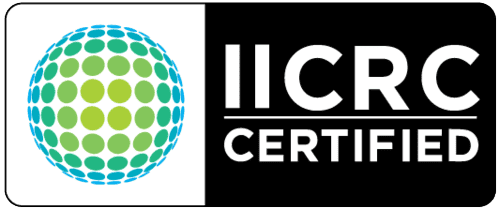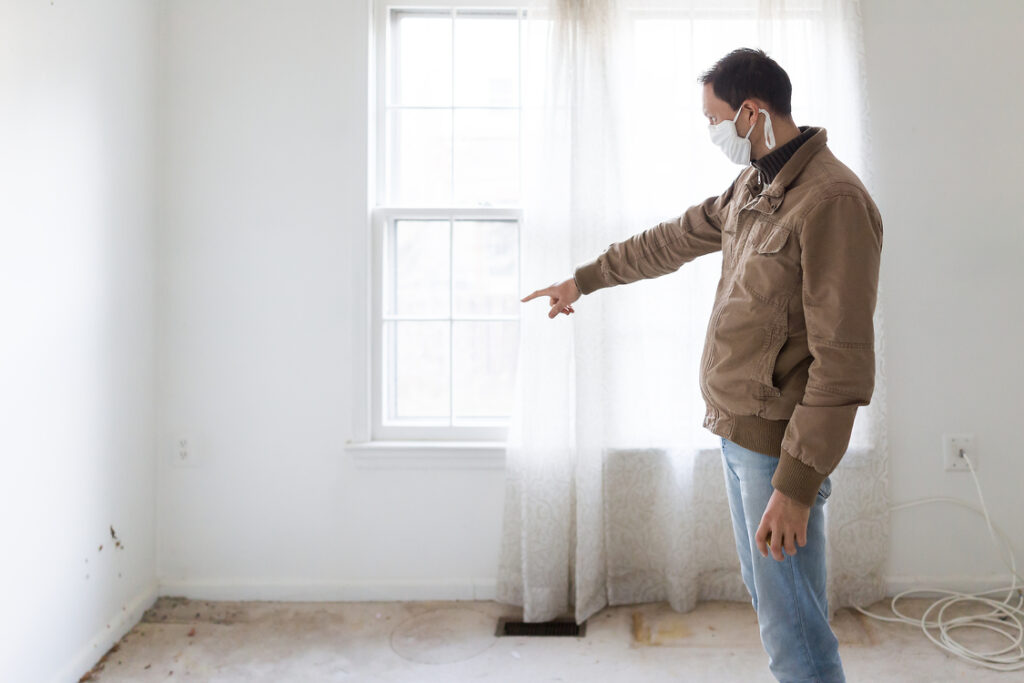
The presence of mold can look like ordinary dirt on a wall or floor if the growth is minimal or concealed. Once you suspect that spores are contaminating your home’s air quality or making you unwell, it’s crucial that you test your surroundings for mold as soon as possible.
In this article, we’ll go over how to identify mold in your home and what to do about it.
How To Identify Mold In The Home
Although mold problems are often visible or smelled, they can also be tucked away underneath carpets or behind walls. In cases when you can smell or see mold, you don’t need to do a thorough examination before calling an expert to start the remediation.
However, mold testing may be needed if sought by a medical professional or if it is necessary for legal reasons, such as a dispute with a landlord. If you can’t smell or see mold in your house but are experiencing inexplicable symptoms linked to mold, you may also want to have your home tested.
Using a DIY mold testing kit may be appealing if your problem appears to be minor. However, many of these kits are faulty to the point that insurers and the courts refuse to acknowledge their results. Here are some of the things that can cause these tests to be erroneous:
- Defective materials: Contamination occurs when test materials are stored in non-sterile areas, exposed to humidity and heat, or handled incorrectly.
- Lacks accreditation: Most DIY mold kits don’t have certification from reputable organizations or laboratories. These institutions provide guidelines for a chain of custody, and kits without accreditation often lack essential data for valid results.
- Inconsistent standards: Control samples and controlled airflow are usually missing from mold spore testing kits, making them ineffective. Additionally, most tests do not consider the spores that have died, which can pose a health risk.
- False advertising: Even though several DIY mold kits promise to be able to determine the type of mold in your home, this is hardly the case unless you spend additional money and effort submitting your samples to a laboratory for examination. Furthermore, even when your mold specimens are tested by a reputable laboratory, DIY kits often give erroneous results.
To make matters worse, DIY mold testing is unsafe because you need to collect your own specimens. Even if you think that a mask and gloves will do the trick, mold can cause various health problems, ranging from minor irritations to life-threatening allergic and asthmatic reactions if you don’t have the necessary safeguards in place.
Furthermore, collecting mold samples may spread pollutants, exacerbating the situation.
Consulting a professional is the best way to test for mold in your home. Mold remediation companies have experts on board who can properly identify mold, remove it, and keep it from propagating or reoccurring in the future.
Using samples from the air and other hard surfaces, they will cultivate cultures and determine what type of mold is in your property and where it is growing. To assure accuracy, they’ll use swabs, spore traps, tapes, or other testing kits that comply with the standards of the American Industrial Hygiene Association.
Mold removal experts will not only test for visible mold but also look for hidden ones. Finding concealed water damage and sources of humidity allows them to discover what may be exacerbating the growth of mold.
The inspectors will examine moisture from leaky pipes and more inconspicuous sources like HVAC systems and vents. In addition, professional mold testers have the right equipment to locate and identify all kinds of mold, unlike those who try to do it on their own.
What To Do About Mold In The Home
A source of food, a suitable temperature, and moisture are all that mold needs to flourish. Even though leaks and floods are the most common causes of mold growth, they can also occur in homes that don’t have these problems.
Mold can easily grow because it produces thousands of spores that can quickly spread. A simple act of drying out or cleaning a moldy spot can lead to the spores being dispersed throughout the rest of your home via air vents.
Even when you buy a professional mold remover or make your own using vinegar or bleach, you will only be addressing the symptoms of the problem. After spending hours cleaning up a large mold infestation, nothing is more stressful than for all of it to reappear with a vengeance.
Professional mold removal and remediation is the only way to guarantee that your mold issue is dealt with effectively. Mold remediation experts will ensure that you have an accurate mold examination and the most appropriate solution.
They’ll seal away the mold-infested areas, regulate the moisture, get rid of the mold, and then clean up the mess. Once they’ve completed their work, they’ll make sure you understand the reasons for mold growth and how to avoid it from happening again. By ensuring the mold infestation is entirely removed the first time, you can save time and money with expert mold removal.
The Bottom Line
Since mold can cause a slew of health issues, detecting it early and getting rid of it immediately are both crucial.
This is where Rescue One Restoration can help. Our residential mold removal services are extremely thorough to ensure that you, your loved ones, or tenants are safe and healthy. You can rely on the mold removal experts at Rescue One Restoration to get the job done right. Don’t hesitate to give us a call to learn more about what we can do for you.
Related Articles: Hidden Areas Mold Can Grow In Your Hawaii Home
Learn more about our mold remediation services and how Rescue One Restoration can serve you here.
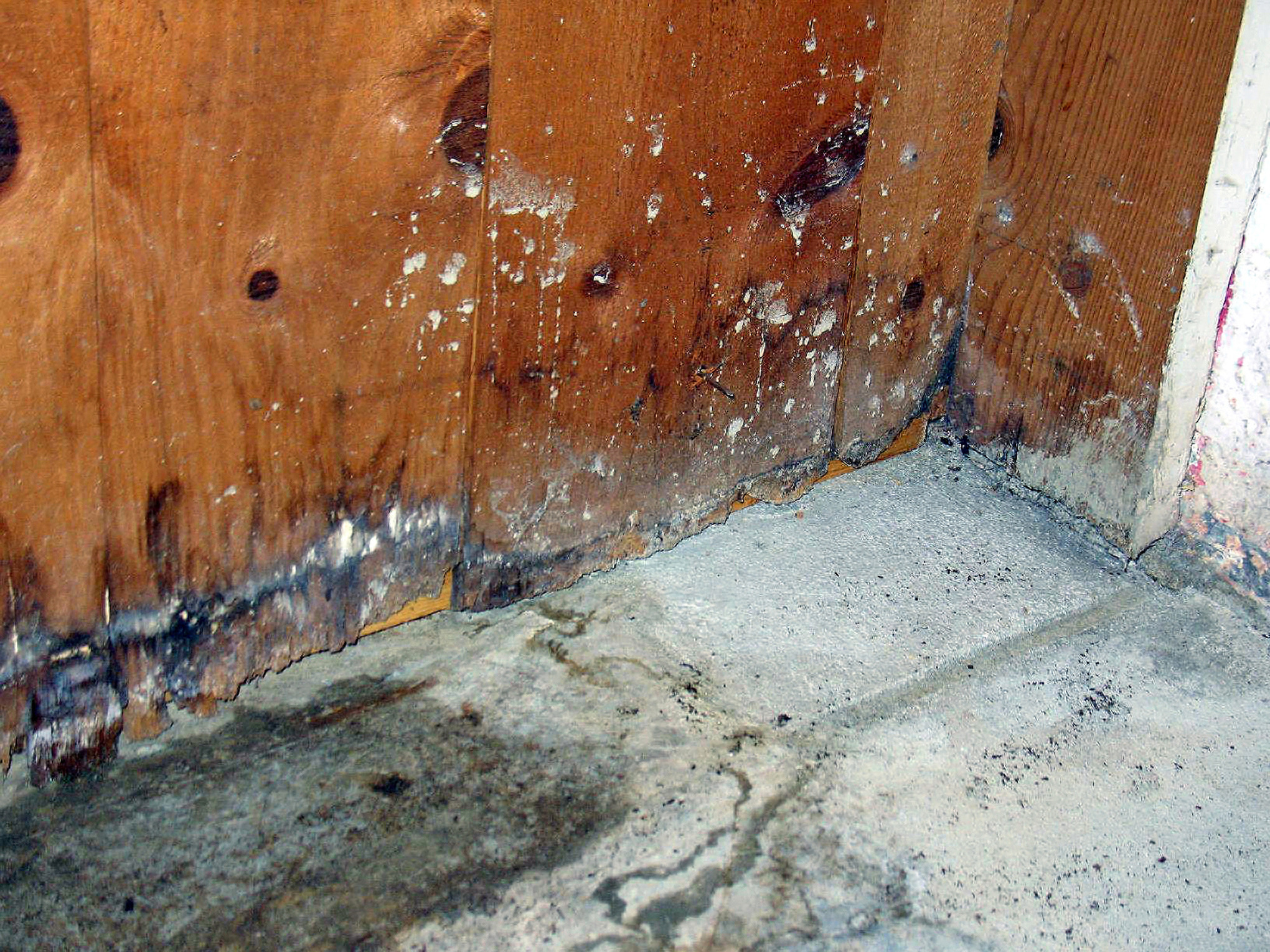
The Hidden Dangers Of Home Water Damage: Why Immediate Restoration Matters Water damage in your home can be very dangerous. What seems like a minor issue at first glance can lead to significant long-term consequences. Left untreated, water damage can cause severe problems, from potential structural issues to the growth

Understanding Insurance Coverage For Damage Restoration In Hawaii With its stunning natural beauty and idyllic climate, living in Hawaii can feel like a dream come true. However, the state’s unique geographical challenges, including its vulnerability to natural disasters like hurricanes, volcanic eruptions, and flooding, can turn that dream into a
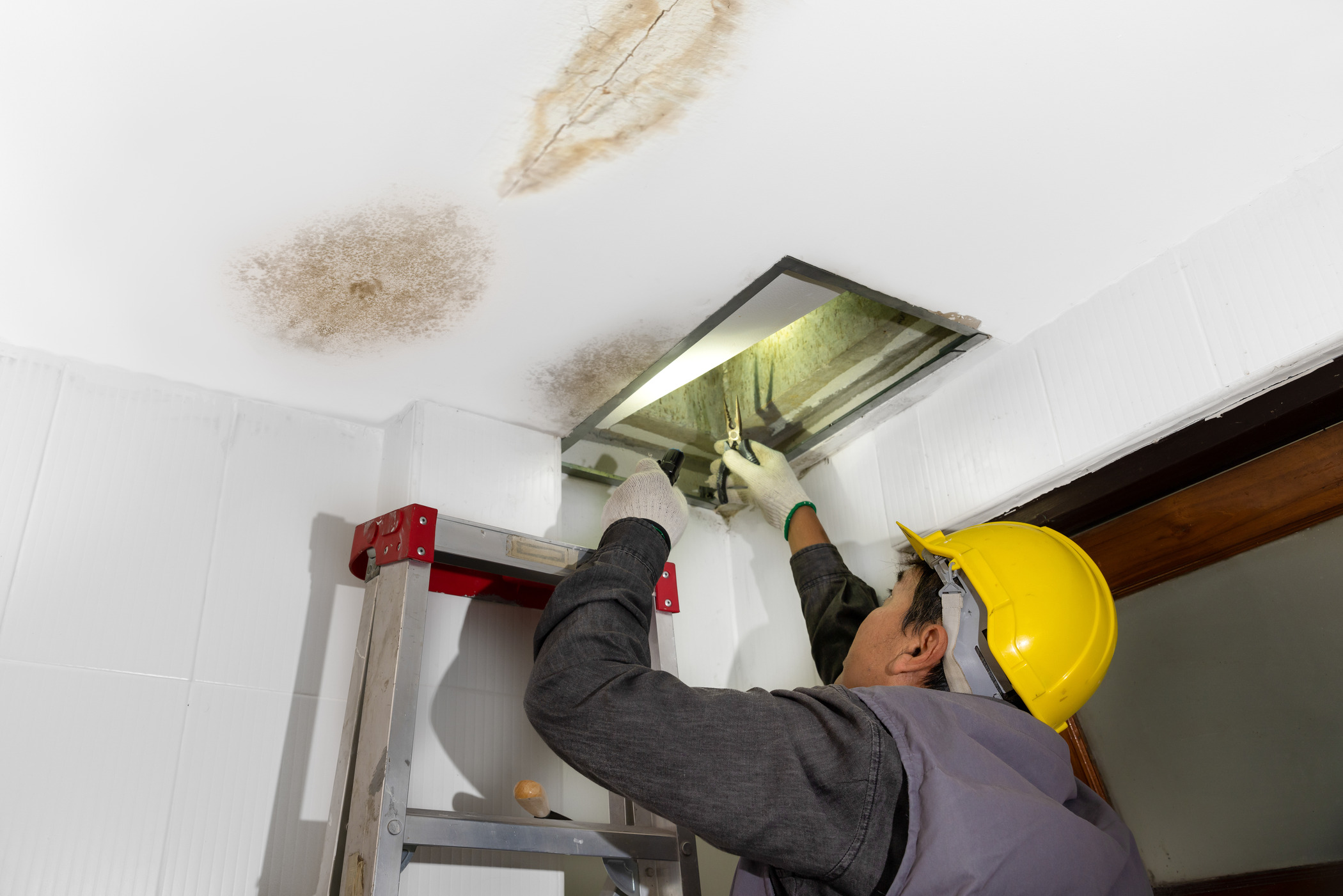
The Ultimate Guide To Water Damage Restoration In Hawaii: What You Need To Know Water damage is a common issue faced by homeowners and businesses alike, especially in a place like Hawaii, where tropical storms and hurricanes can wreak havoc. When faced with water damage, it’s crucial to act swiftly
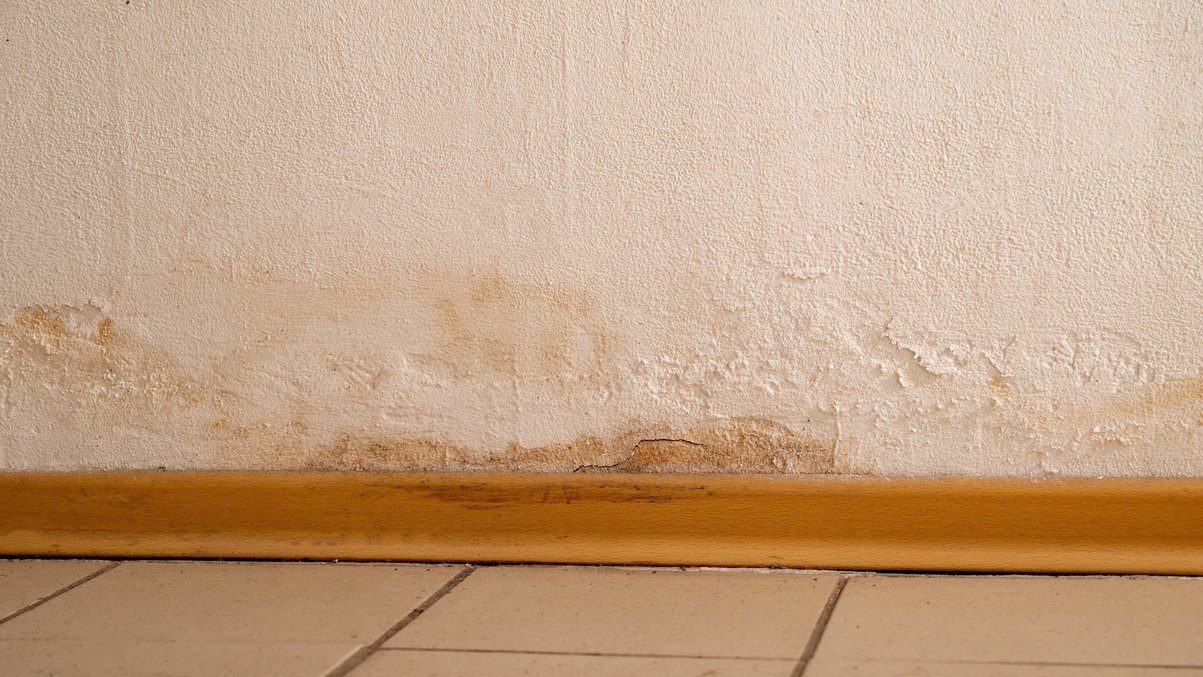
Many homeowners aren’t sure if they need to replace their drywall after water damage. Even a tiny amount of water can cause significant problems for your drywall, and if not fixed quickly, the damage can worsen over time. We’re here to help you answer the question: does wet drywall always
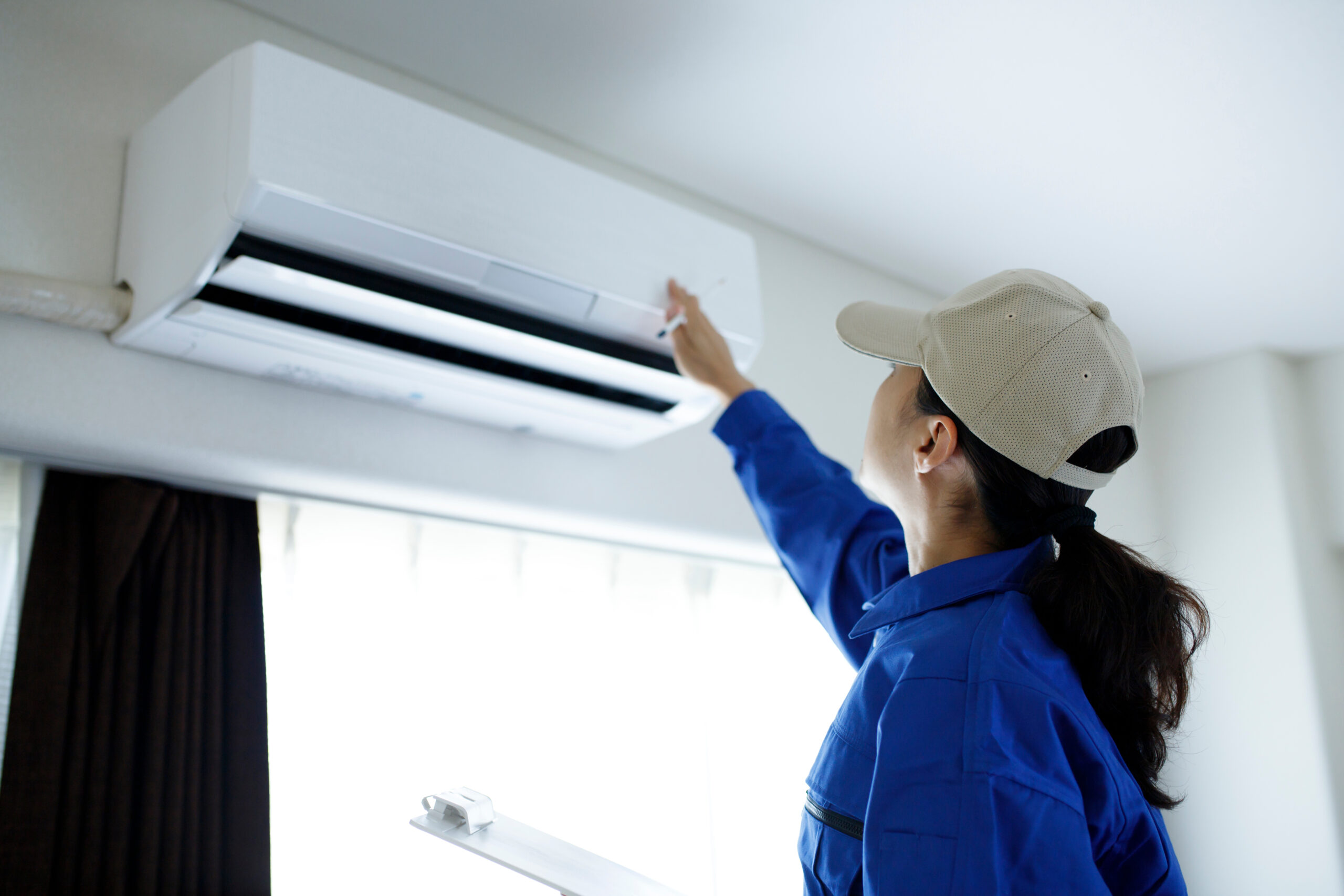
Mold can grow on nearly any surface around your home. In particular, mold thrives on surfaces that are damp, cold, or both. This means many of your household appliances can be potential breeding grounds for mold and mildew growth. It is also important to conduct regular checks and cleaning to


